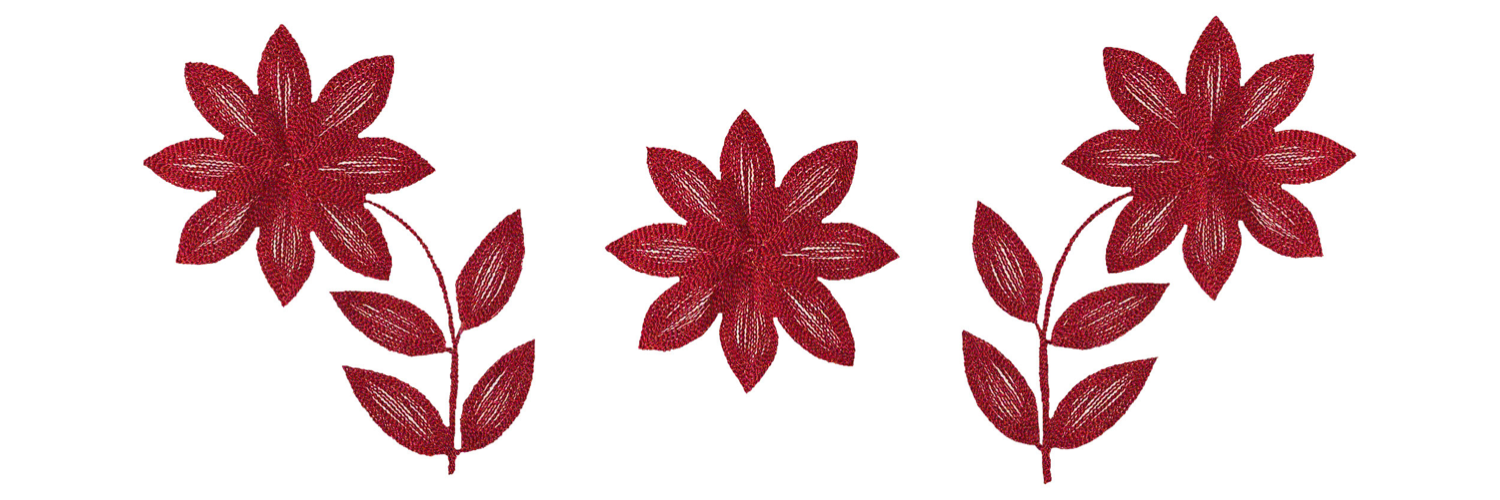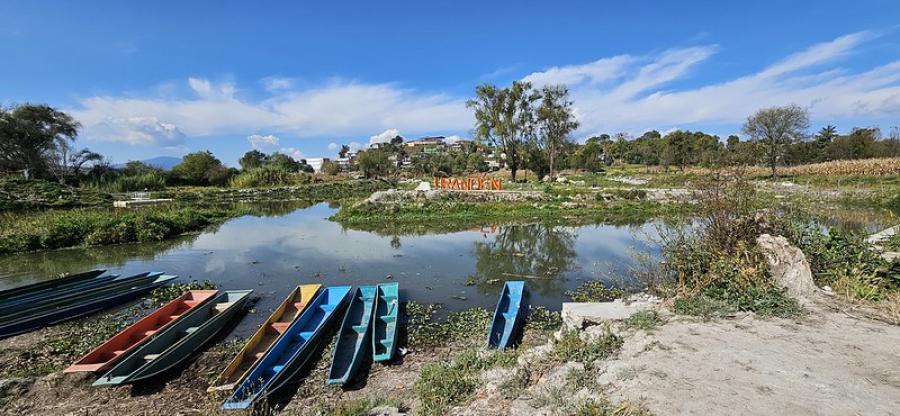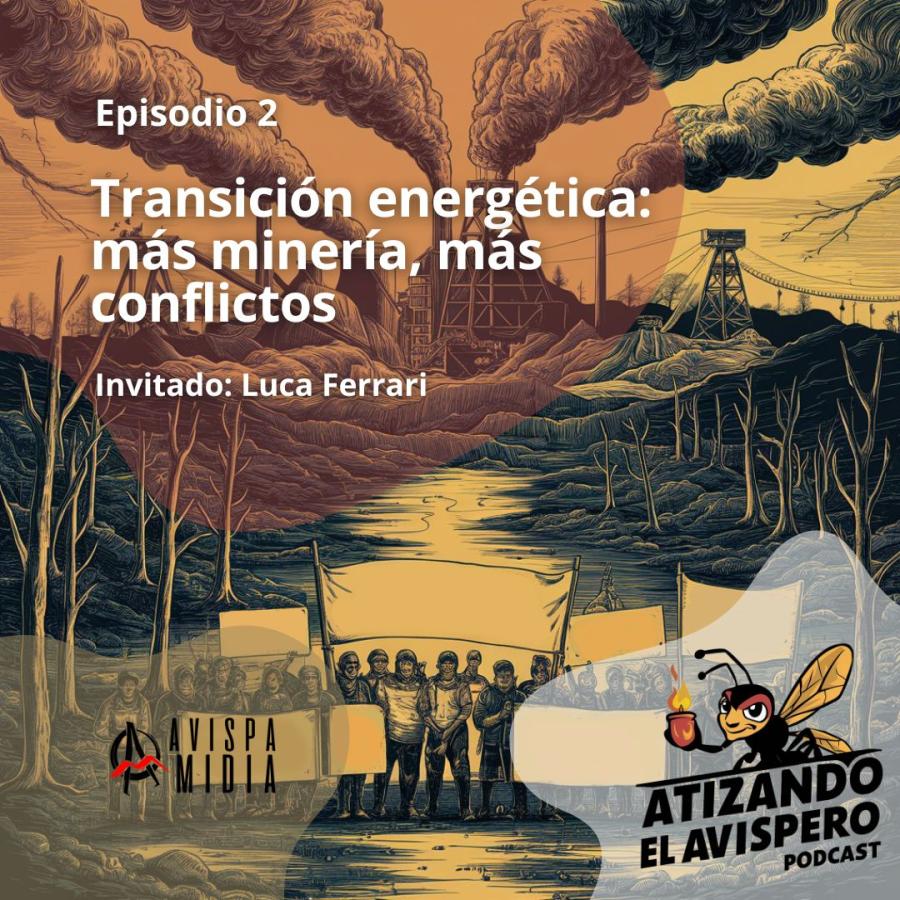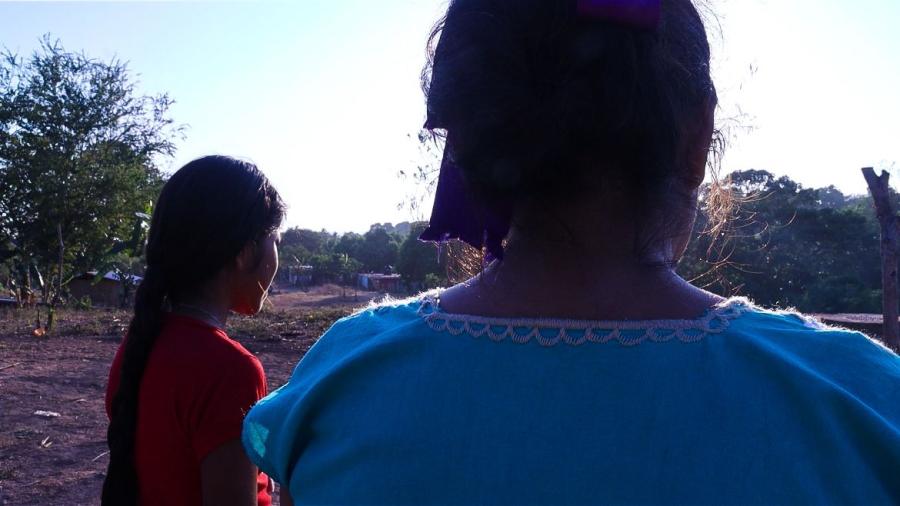
To Whom this May Concern,
Like the huipiles woven by Indigenous women in Mexico and Guatemala, to exist is to be a pattern that describes what surrounds the self and the community; all that defines the homeland where ancestral lifeways have been solidified by generations of Indigenous people, and where the flora and fauna have been explored by them. Huipiles carry on them a community’s universe: the biological, ecological, environmental, cultural, sociological, and geographical. Huipiles also carry on them the historical, everything that stretches back to a time before the arrival of foreigners from Europe and a history of their impositions. We think of the homeland as not just what constitutes the Indigenous space, but also points in time; the colors, threads, and patterns on modern day huipiles express styles that have intermingled with a homeland that was and a homeland that is.
Like threads in the process of weaving we travel back and forth between past places in history and the current history we exist in. For example, the cultural ways, flora, and fauna of Ñuu Savi (The Region of the Rain, The Mixtec Region of Mexico), the homeland of my ancestors, have been transformed by the imposition of a foreign economy, a foreign religion, and a foreign agriculture that have pushed us across the colonial geographies we call Mexico and the United States, and whose history we’ve had to contend with to ensure our individual and communal survival.
The Spanish brought with them plants and animals that eventually eroded the soil in Ñuu Savi, making it difficult to use once fertile land to support people who use the land to live. This pushed farmers of Ñuu Savi to seek work outside their ancestral territories to other Mexican states such as Chiapas, Veracruz, Sinaloa, and Tijuana. The effects of the North American Free Trade Agreement (NAFTA) on already struggling Indigenous farmers pushed Na Ñuu Savi further past the U.S.-Mexican border to California, Oregon, Washington, New York, Florida, and other U.S. states where the people of the Region of the Rain populate certain cities so densely, it is as though they’ve carried their hometowns thousands of miles away with them.
Like the fruits and vegetables the people of Ñuu Savi hoist onto trucks in the agricultural economy of the United States and Mexico, the people of the Region of the Rain carry with them their blends of Catholic, Christian, and Indigenous traditions, their histories, and their knowledge of the natural world. New generations of Na Ñuu Savi born in what they call Norti (the North) refuse to let go of their ancestors’ teachings by tracing threads that pattern their past as their futures are woven. Through this back and forth across geographies and histories, Queerness and Indigenous homelands are woven together on the fabric of space and time as complex patterns few can make sense of with certainty except those whose lives lay in the stitches and colors of those patterns.
The past of Na Ñuu Savi, what we call Ña Tsanaa, is woven from what archaeologists call artifacts and what anthropologists call ethnography through the study of human material creations and the study of human customs. However, this is a past woven by outsiders, who, through the exercise of science, try to deduce history by interpreting it with as little error as possible. Through science, these outsiders knit what they observe of people whose historical legacies are threads they have never formed a part of, threads they may interpret as one color or of a certain material, while the people of those historical legacies assert as another. Quite rarely do the people of Indigenous threads get to popularize what they see through their own eyes, using their hands to write or their own voice to speak on how their past and present are woven through strings that extend generations of communal knowledge and work.

Embroidery patterns of huipiles of San Juan Mixtepec.
The elitism in what we call academia impedes this, and by extension the society that has paved the way for that elitism and paved barriers to access wide mediums to spread knowledge is the cause for why so few Indigenous people voice themselves. This society was paved through the attempted erasure of Indigenous histories and an attempt to prevent access to those histories, but not without Indigenous resistance. The attempted erasure of Indigenous histories is an attempt to subjugate us, to weave us into what is ideal for the creation of Mexico and its settlers; our resistance is an attempt to continue to weave on as much agency as we can muster within the limits of colonialism, Indigenous threads. The state of Oaxaca in Mexico is a testament to the push and pull between colonial impositions and Indigenous resistance.
The huipiles, baskets, architecture, food, place names, habits, and language we continue to use despite the changes they have had to undergo and the growing number of Indigenous writers, interpreters, and knowledge holders is evidence of how we’ve exercised our agency in the face of colonial impositions. Although we are forced to migrate to find survival, it is how we’ve exercised our agency that continues to ensure the survival of our people, creations, and customs even far from the homeland. To try to remove us from the Region of the Rain is to continue to remove us from the relationship we’ve built upon our ancestral lands, and it is to remove us from our relationship to how we perceive the universe. But this attempt to remove our relationship with the homeland is a failure so long as we continue to uphold our agency and our relationship with the universe wherever we go. To resist Indigenous erasure is, then, to know and conserve Indigenous universes. Queer erasure as an extension of Indigenous erasure is to erase the place of Queer people in Indigenous universes.
Indigenous people know their history because proximity to relatives with this knowledge or access to literacy and accurate literature have enabled them to be so. To be unaware of their history is to not have those relatives, that access, and because they and those around them have been imposed with an alternate history. Researching Indigenous history, bringing Ña Tsanaa with us to Ña Vichi (today, the present), is the labor of speaking to our relatives and to use communal knowledge to verify the accuracy of Indigenous knowledge asserted by non-Indigenous people. Researching the place of Queer people in history carries the added difficulty of it being seen as taboo, because Mexico and the United States did not want people of “abnormal” genders and sexualities to be part of the ideal nations they were trying to build. As different Europeans burned and tortured as much of Indigenous universes out of Indigenous people as they could, they paid specific attention to burning and torturing worlds of Queerness. They forced us to continue to weave our experiences in silence and invisibility, to weave among the particular racist, homophobic, sexist, and transphobic violence that continues to this day. Queer-Indigenous pasts and presents are embers fighting to stay lit, embers that carry the potential to become flames that will burn what has been imposed on us as “normal.”
To bring our threads to visibility, to be empowered in the act of weaving Queer-Indigenous threads, is another act of Indigenous resistance and an act of Indigenous justice. Embarking on the journey of unraveling Indigenous and Queer threads in the fabric of time and space is to face people who see us as abnormal and shout, “We are here! We have ALWAYS been here. You will not erase us.” In certain parts of Ñuu Savi, among the whispers of community, the concept of Na Uvi Nuu is a resting fire fanned to fervent flames by those whose breath make the effort to spread this knowledge. Na Uvi Nuu means “Person of Two Fronts” or “Person of Two Forces,” a phrase that points to the dual presentation and force of gender in a single person. The threads that pattern this experience are difficult to trace, but as we weave the future we take from other concepts of duality to expand on what it is to be Na Uvi Nuu. Among the Zapotec, to be Muxe is another experience that captures this duality. One is either a male-presenting Muxe, a female-presenting Muxe, a Muxe that is both, or a Muxe that is just Muxe. Therefore, to be Na Uvi Nuu is to be at the intersection of male and female experiences, to accept and reject parts of one or the other, and to fully accept and reject both at the same time; all of this in terms of the local experience of Ñuu Savi and the larger Indigenous experience. In the journey of weaving Queer and Indigenous experiences from Mexico, Guatemala, and beyond, we color and stitch these threads into visibility so long as we make the effort to weave. To conclude, this is an invitation for you to weave what it is to be Queer and Indigenous with me throughout this year.
Na Koo Va’ako/Let Us Live Well,
Claudio Hernandez (Na Ñuu Savi)
-- Claudio Hernandez (Na Ñuu Savi/Mixtec) is a 2022-2023 Cultural Survival Writer in Residence.
Want to tell your story? Reach out to Claudio Hernandez at claudio.h1207@gmail.com.



